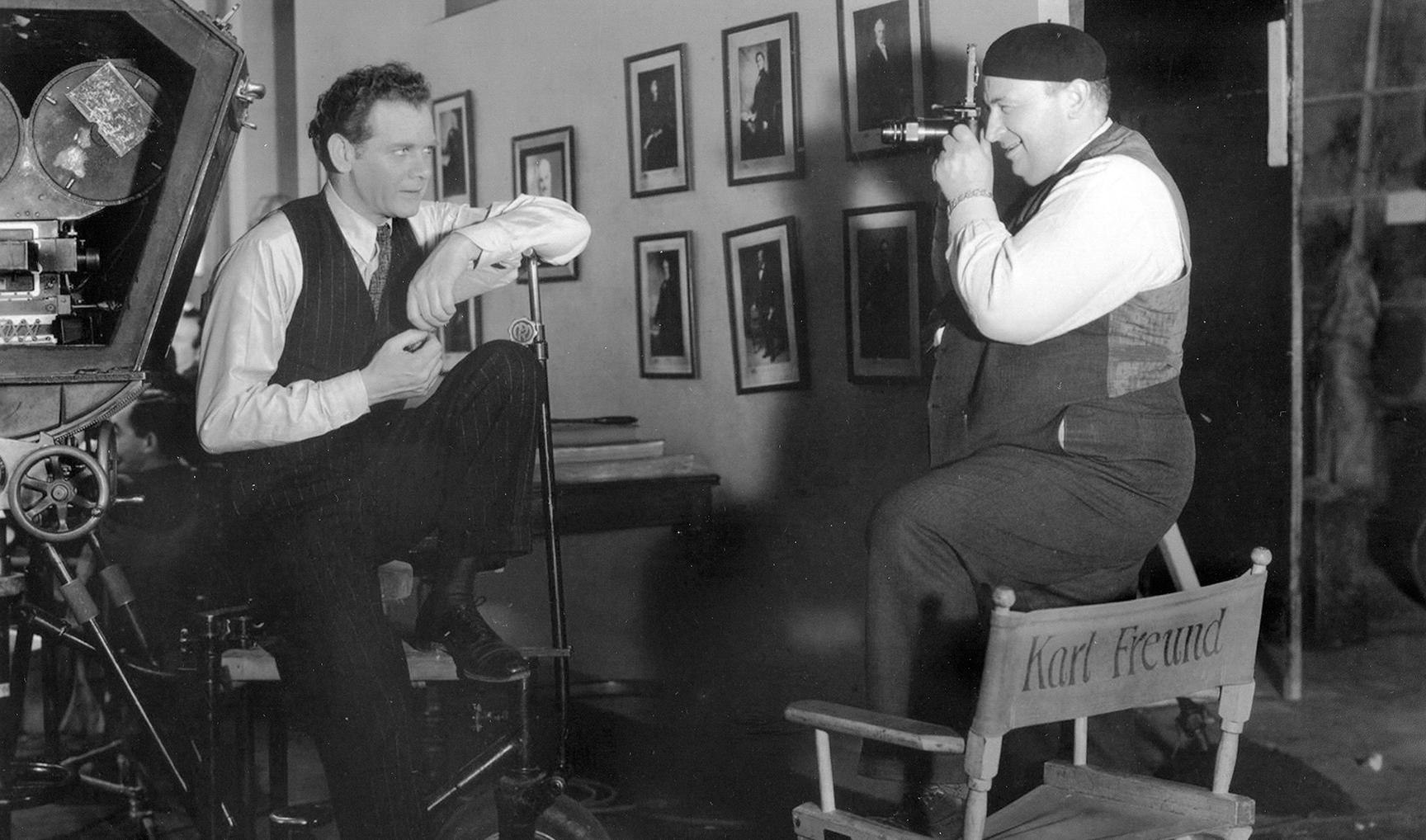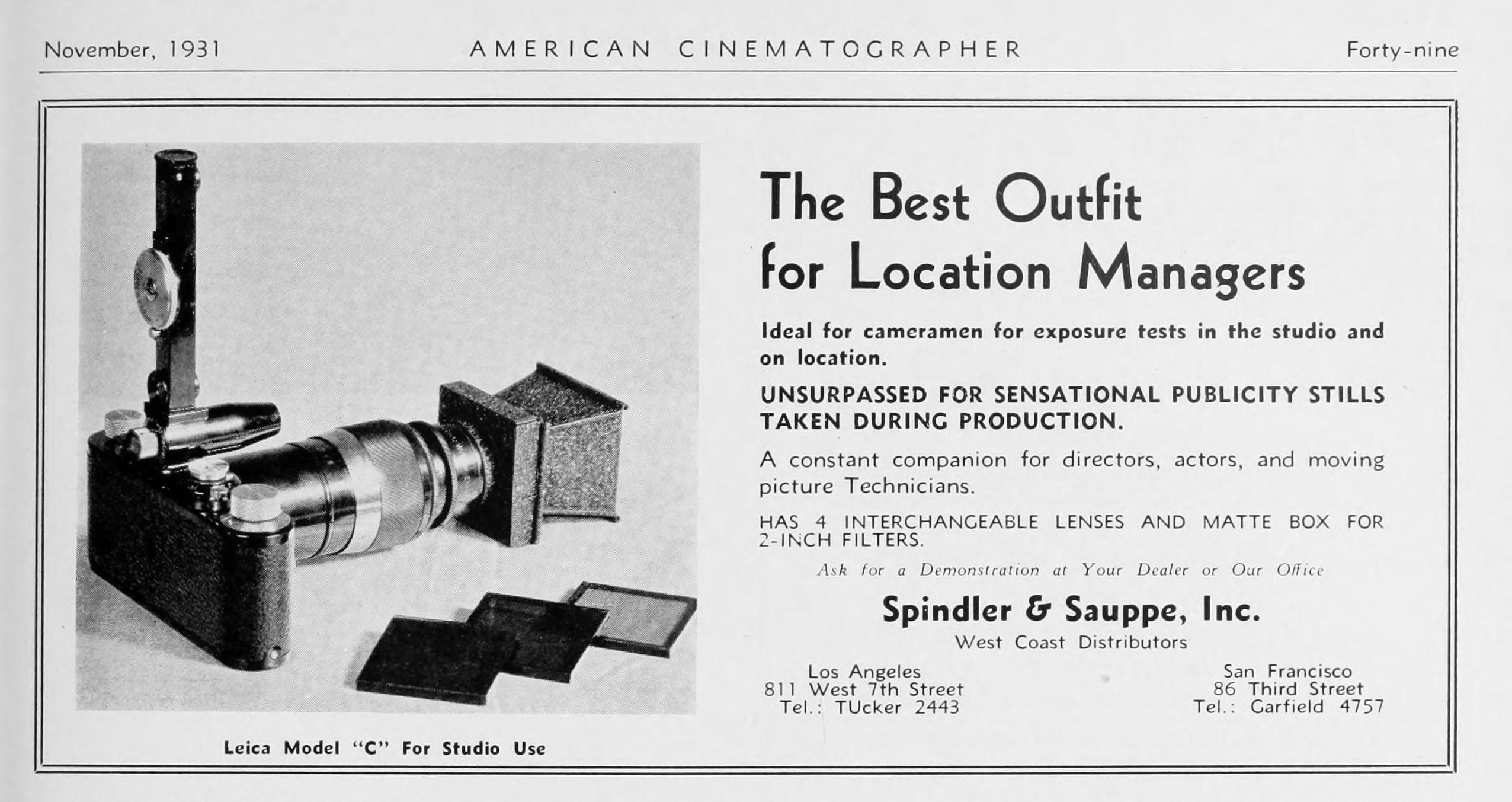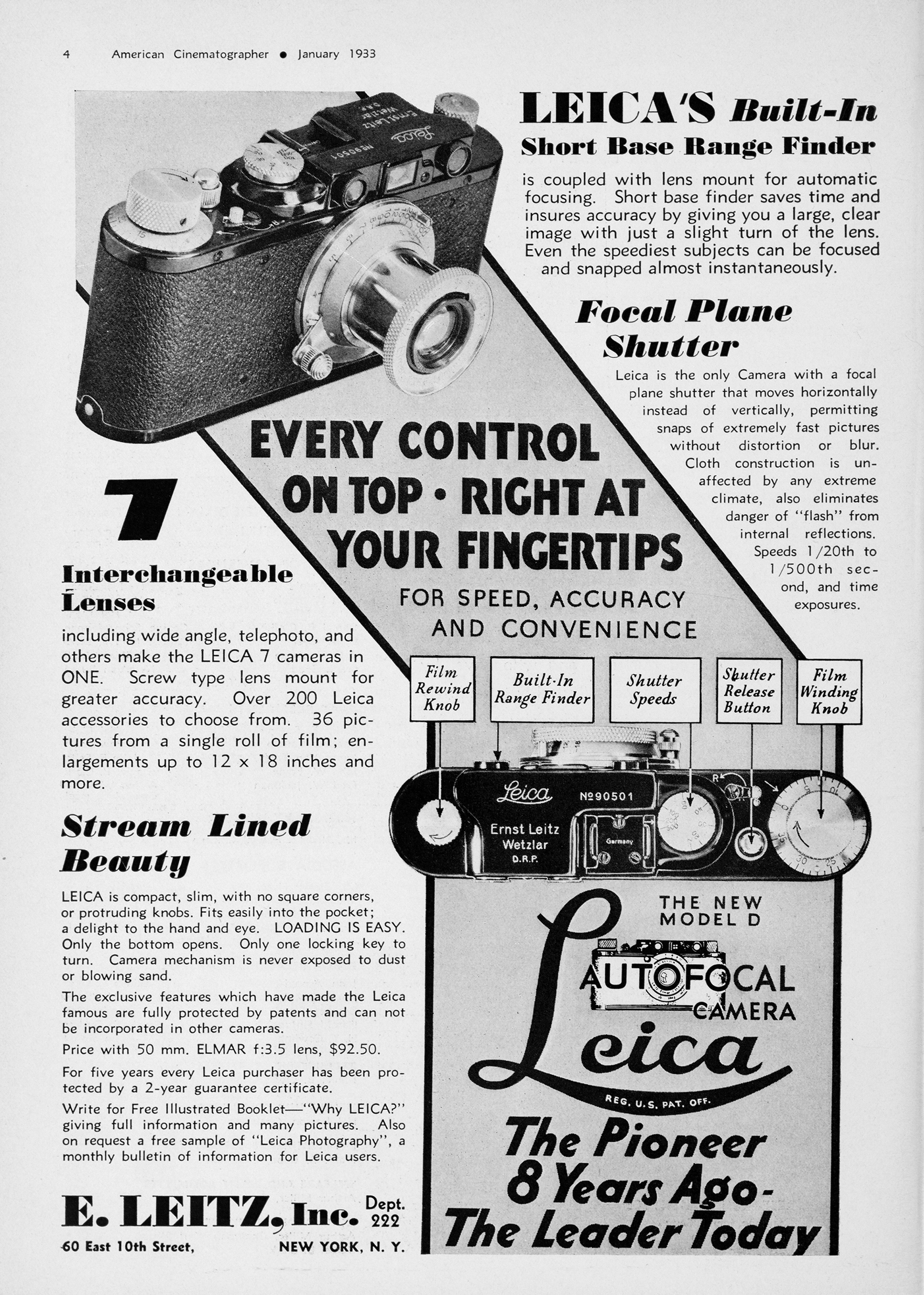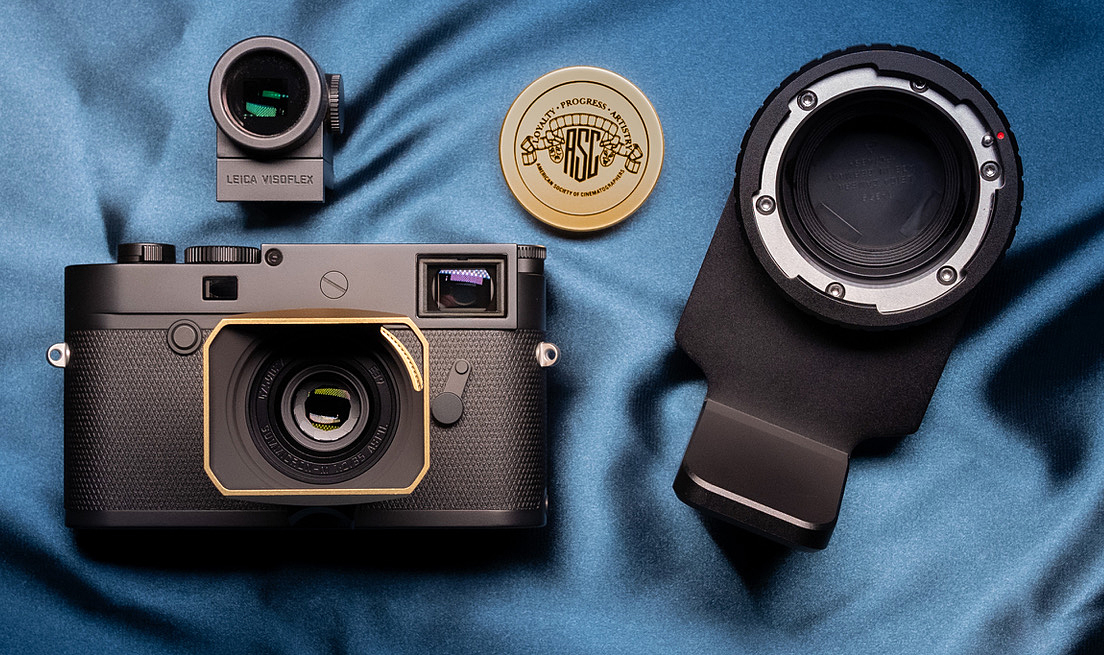
Wrap Shot: Setting a 35mm Standard
How did 35mm flexible-base roll film, originally designed for motion pictures, become adapted for use in compact still cameras — and then go on to become the longtime standard for many decades?
In 1913, Oskar Barnack, an enthusiastic photographer with a love of invention, was employed at Ernst Leitz Optische Werke in Wetzlar, Germany, designing motion-picture camera and projector products. To this end, he sought a way to economically test film emulsions and lenses, and decided to repurpose standard 35mm celluloid motion-picture film stock for still photography. In his design, he turned the film on its side so that it would advance horizontally through the camera body and produce individual 24mm x 36mm frames. (The motion-picture industry standard at the time was a vertical film path offering a mere 18.7mm x 24.9mm negative area.)

Barnack dubbed his creation the “Lilliput Camera” and immediately recognized its own potential as a photography device. His prototype was also known as the “Ur-Leica,” and its adoption of 35mm film for still-camera use became standard for Leitz’s commercially available Leica (Leitz Camera) models that followed — and later for the still-photography industry at large as the “135” format, as coined by Kodak in 1934.
Leitz’s quality optics — the first of which for the Leica was a 50mm lens adapted by employee Max Berek from a Cooke design that would cover the novel 24mm x 36mm frame — made up for the camera’s relatively small negative area when compared to larger-format cameras. And while more expensive than other still cameras then on the market, the Leica combination of 35mm roll film, high-performance lenses and compact design set it apart.
Barnack convinced Leitz to build and beta-test 31 cameras in 1923. This model was an instant hit and rolled out commercially as the Leica A in 1925.

At there top of this page, Karl Freund, ASC frames up on star Charles Bickford during the production of the newspaper drama Scandal for Sale (1932). In his hands is a Leica I camera fitted with an Elmar 135mm f/4.5 lens — a tool he commonly employed for exposure tests.
In 2019, Leica honored this heritage and the ASC’s centennial year with a special edition of its M10 camera, offering unique features and the Society’s logo.

If you enjoy archival and retrospective articles on classic and influential films, you'll find more AC historical coverage here.






